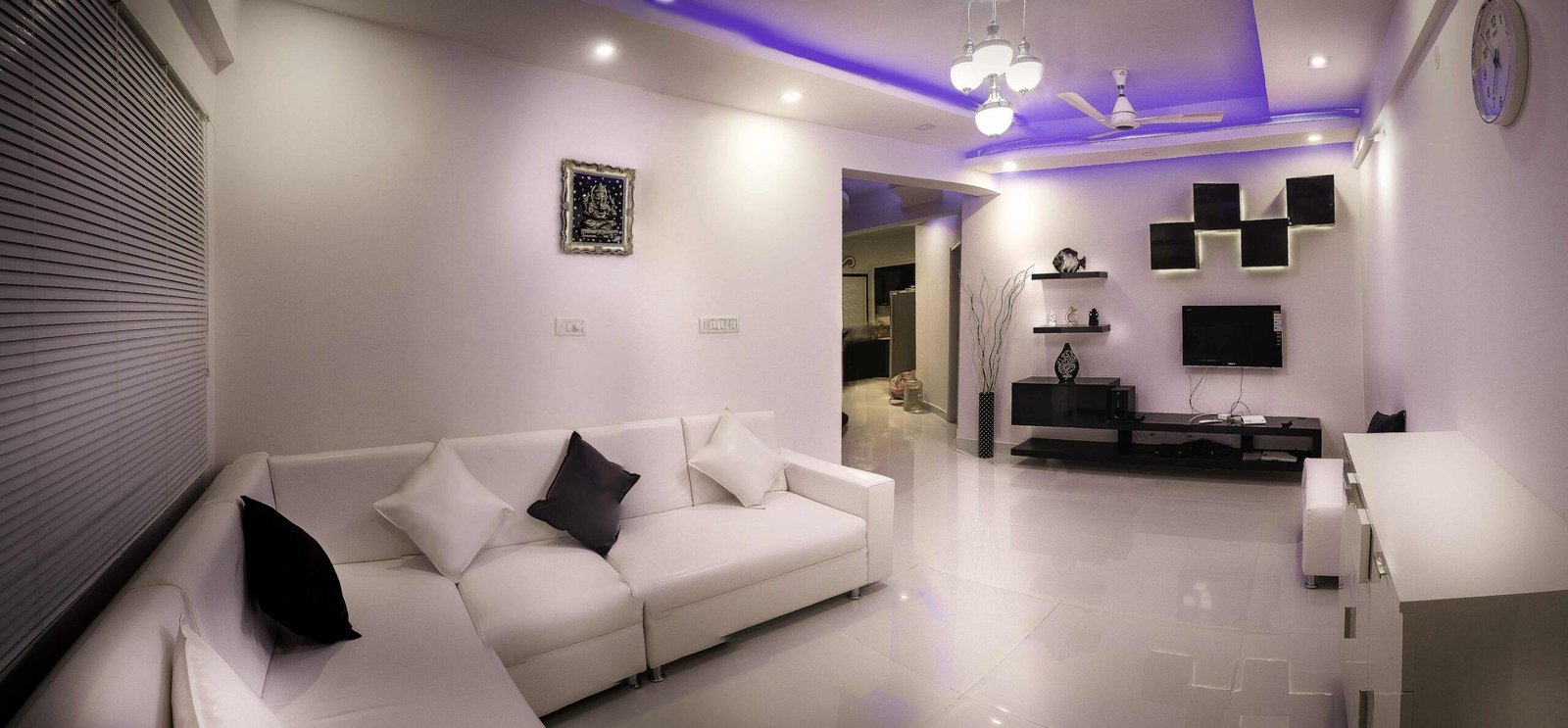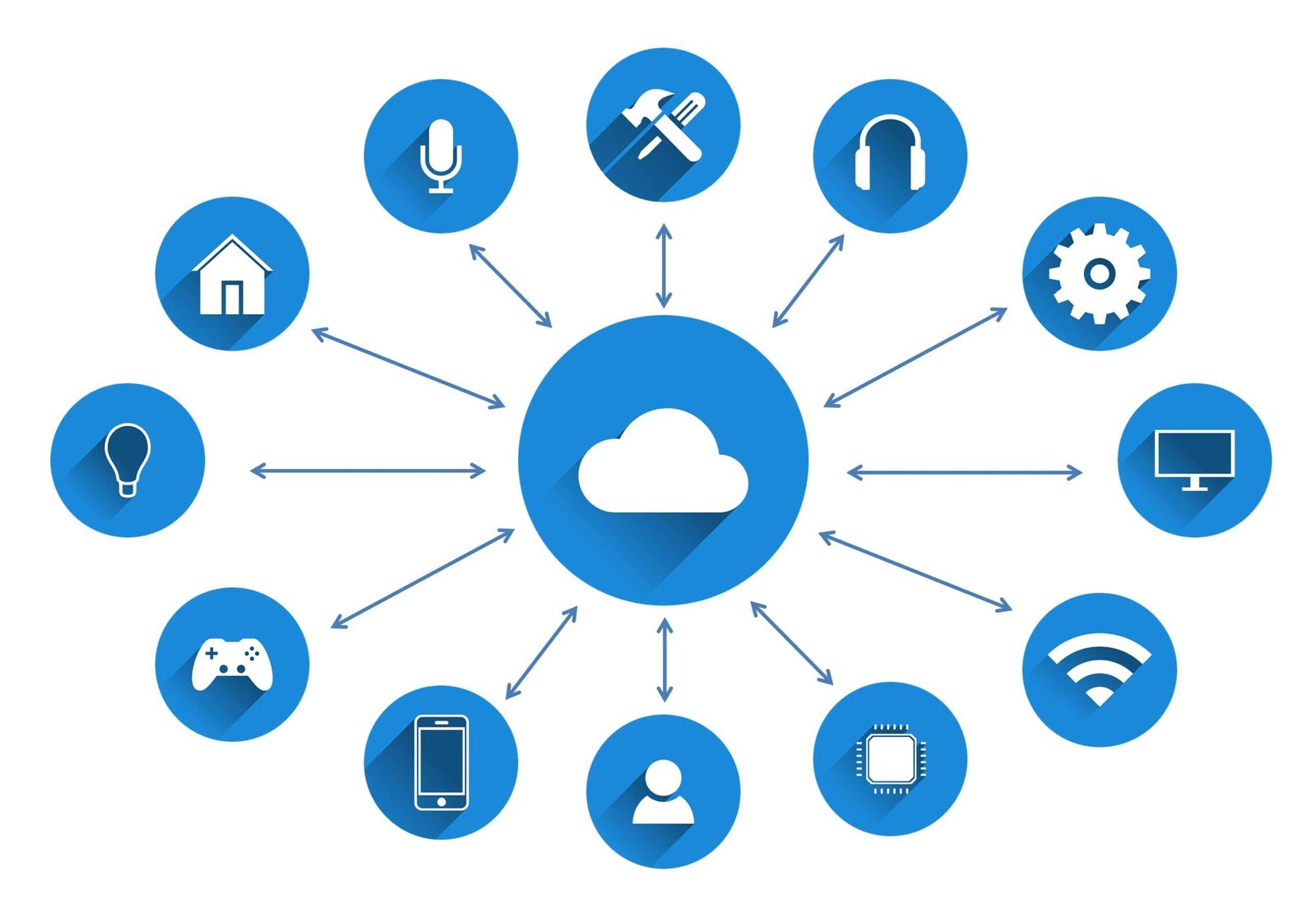Understanding the Functioning of DALI Lighting Control

Introduction:
DALI (Digital Addressable Lighting Interface) is a standardized protocol used for controlling and managing lighting systems in various applications, including residential, commercial, and industrial spaces. This technical write-up will provide an overview of how DALI lighting control works, focusing on its fundamental principles and key components.
DALI Architecture and Communication:
DALI operates on a two-wire bus architecture, consisting of a control device (DALI controller) and multiple lighting devices (DALI luminaires). The DALI controller sends commands and receives feedback from individual luminaires over the bus, allowing for two-way communication. The communication protocol employs a digital signal with a fixed data rate of 1200 bps (bits per second).
DALI Addresses and Groups:
Every DALI luminaire within a system is assigned a unique address ranging from 0 to 63, allowing individual control. The DALI controller sends commands to specific luminaires using their assigned addresses. Additionally, DALI supports grouping, where multiple luminaires can be assigned to a group address (0-15), enabling simultaneous control of all members within the group.
DALI Commands and Command Sets:
DALI commands are used to instruct luminaires to perform specific actions. There are various command types, including:
Direct Arc Power Control: This command sets the output power level of a luminaire, enabling dimming functionality. The power level can be adjusted from 0 (off) to 254 (maximum brightness).
Query Commands: These commands allow the DALI controller to retrieve information from luminaires. For example, a query command can be used to obtain the current power level or the status of a luminaire.
Scene Commands: DALI supports scene recall and recall memory functions, enabling the creation and activation of predefined lighting scenes. Scene commands trigger luminaires to adjust their output power levels according to the stored scene information.
DALI Ballasts and Drivers:
DALI ballasts and drivers are essential components that enable DALI control in lighting fixtures. A DALI ballast is used for fluorescent lamps, while a DALI driver is used for LED luminaires. These devices receive DALI commands over the bus and translate them into appropriate voltage or current levels to control lamp output. They also provide feedback to the DALI controller, allowing for accurate monitoring and control of lighting fixtures.
DALI Network Topology:
DALI lighting control systems can be implemented using various network topologies, including bus-powered and self-powered configurations. In a bus-powered configuration, power is supplied to DALI devices through the same two-wire bus used for communication. In a self-powered configuration, DALI devices have their own power supply independent of the DALI bus.
Integration with Other Systems:
DALI lighting control can be integrated with other building automation systems, such as HVAC, security, and audiovisual systems. This integration allows for centralized control and automation, where different systems work together to optimize energy usage, enhance comfort, and improve overall building management efficiency.
Conclusion:
DALI lighting control is a powerful and flexible solution for managing lighting systems in various environments. Its two-wire bus architecture, addressing scheme, command sets, and integration capabilities provide precise control, energy efficiency, and enhanced user experience. By understanding the principles behind DALI, professionals can design and implement effective lighting control solutions that meet the specific requirements of residential, commercial, and industrial spaces.




